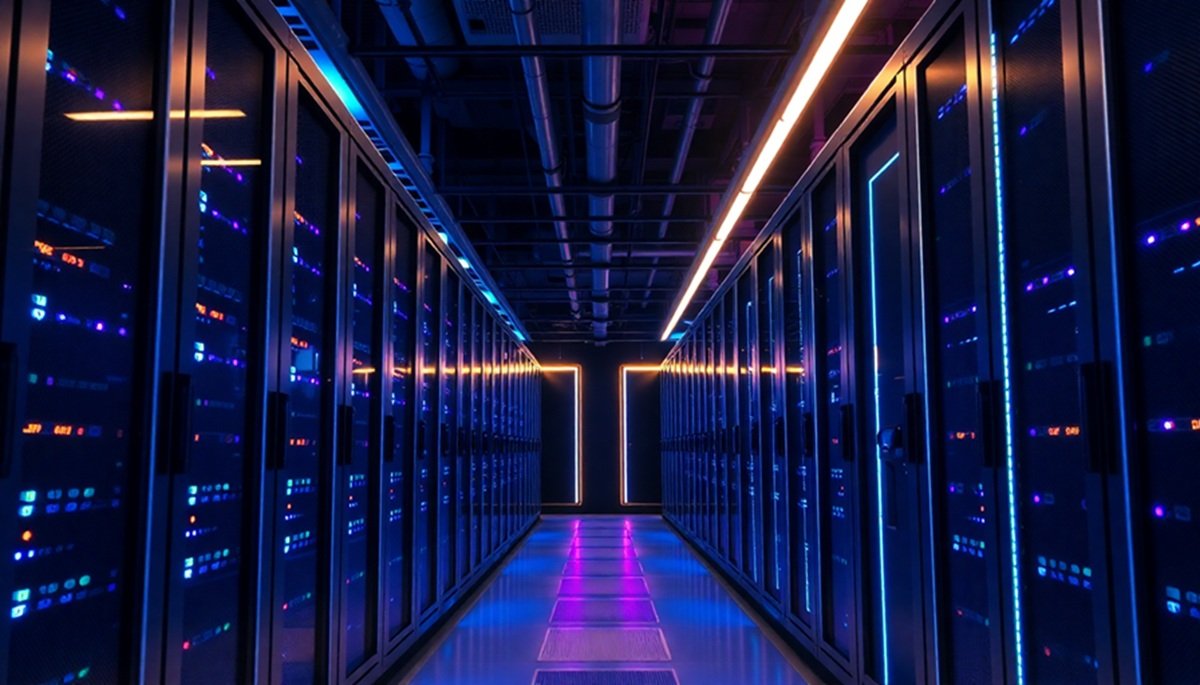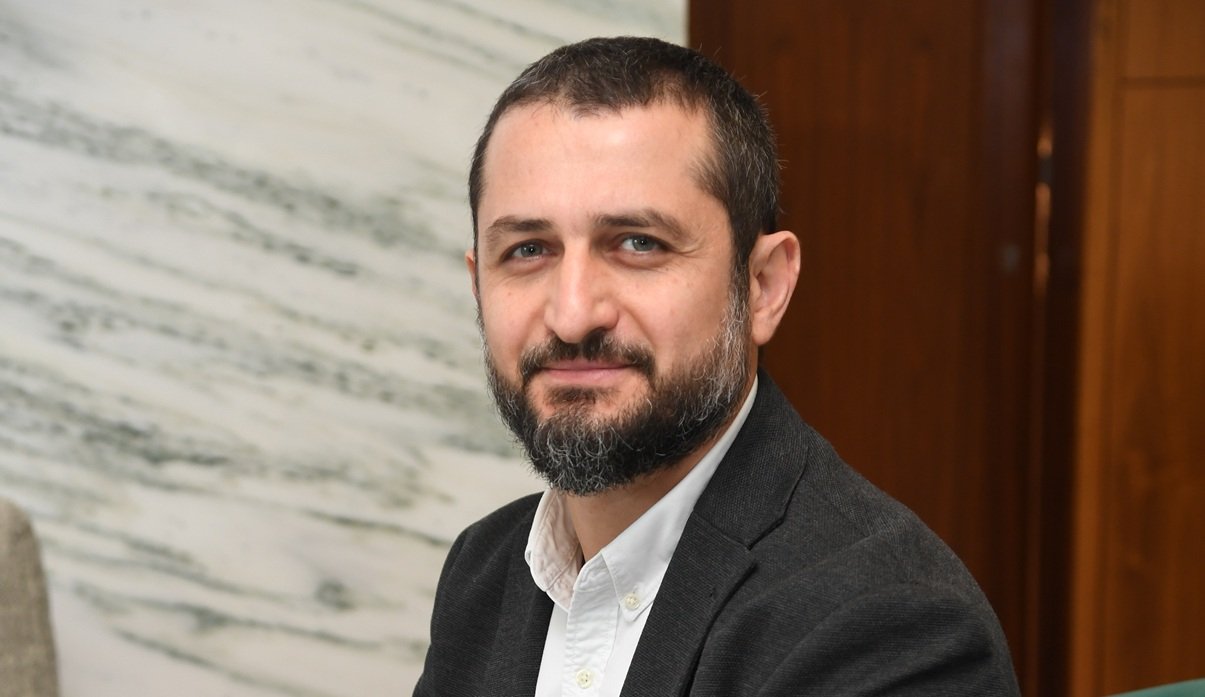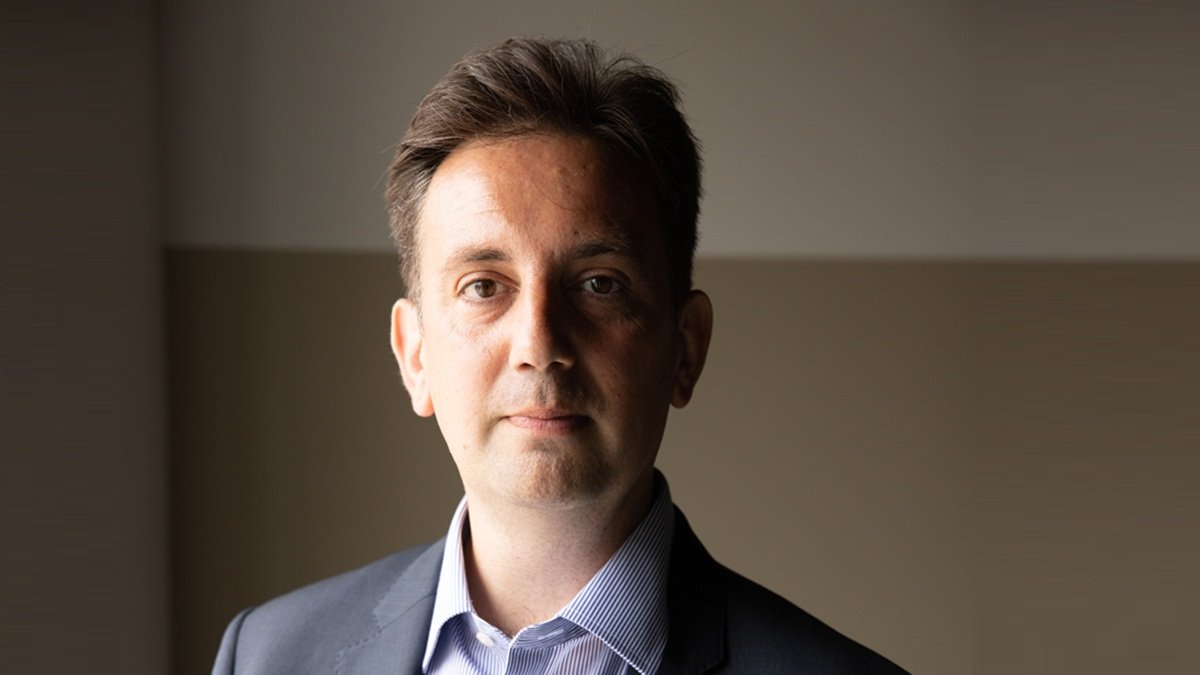 As digital transformation accelerates across the Middle East, the modernization of data centers has become a strategic imperative for enterprises and governments alike. From upgrading legacy infrastructure to deploying next-generation architectures that support AI, cloud, and cybersecurity, data centers are evolving rapidly to meet the demands of a hyper-connected, data-driven future. At the heart of this transformation lies a shared goal: to build secure, scalable, and resilient environments capable of withstanding the pressures of growth, innovation, and threat.
As digital transformation accelerates across the Middle East, the modernization of data centers has become a strategic imperative for enterprises and governments alike. From upgrading legacy infrastructure to deploying next-generation architectures that support AI, cloud, and cybersecurity, data centers are evolving rapidly to meet the demands of a hyper-connected, data-driven future. At the heart of this transformation lies a shared goal: to build secure, scalable, and resilient environments capable of withstanding the pressures of growth, innovation, and threat.
Modernizing data centers is no longer a choice—it’s a necessity for staying ahead in a rapidly evolving digital world. Organizations must embrace flexible, energy-efficient technologies and robust security frameworks to ensure continuity and competitiveness. As the region positions itself as a global digital hub, future-ready data centers will play a pivotal role in enabling sustainable innovation and long-term resilience across industries.
Modernization is no longer about ripping and replacing outdated systems. It’s about integrating new capabilities into existing environments with minimal disruption. Ilias Tsapsidis, Sales Director for ESET in the Middle East, Greece, Cyprus & Malta, emphasizes the importance of continuity in this process. “ESET provides lightweight, compatible security tools that incorporate seamlessly with existing systems,” he explains. “They enable real-time threat detection, automated updates, and centralized management, allowing organizations to enhance protection without interrupting daily operations.” This approach ensures that modernization doesn’t come at the cost of business continuity—a critical factor for sectors like finance, healthcare, and government.
Dr. Barry Norton, Milestone Systems Fellow, echoes this sentiment, highlighting the role of open platforms in bridging legacy and modern technologies. “Milestone Systems enables seamless modernization through an open platform that integrates legacy and modern devices,” he says. “Organizations can upgrade incrementally, avoiding full replacements.” With features like failover servers and continuous recording, Milestone ensures that video surveillance and security workflows remain uninterrupted, even during infrastructure transitions.
NetApp’s strategy also centers on flexibility and integration. Walid Issa, Senior Manager of Solutions Engineering for the Middle East & Africa, explains how NetApp’s ONTAP and BlueXP platforms unify data across legacy, hybrid, and multicloud environments. “Features like non-disruptive hardware refreshes and Cloud Volumes ONTAP allow organizations to migrate at their own pace,” he says. “This extends the value of existing investments while enabling cloud-ready capabilities.” For enterprises navigating complex data landscapes, this kind of seamless modernization is essential.

Owais Mohammed, Sales Director for Middle East, Africa, Turkey & Indian Subcontinent at Western Digital
Storage infrastructure plays a pivotal role in modernization, and Western Digital is focused on delivering high-capacity solutions that reduce physical footprint and energy consumption. “Our high-capacity HDDs with field-proven innovations like ePMR and helium sealing are fueling capacity increases without expanding infrastructure,” says Owais Mohammed, Sales Director for Middle East, Africa, Turkey & Indian Subcontinent. “This enables better storage density and resource utilization, lowering business risk during transitions.”
Beyond modernization, scalability and energy efficiency are becoming defining features of next-generation data centers. As workloads grow and sustainability becomes a priority, organizations are rethinking how they architect their environments. ESET recommends virtualization, cloud-native architectures, and software-defined networking to enhance scalability. “Energy efficiency can be improved through intelligent workload distribution, automated resource management, and low-power hardware integration,” Tsapsidis notes. These technologies not only support growth but also align with green IT initiatives gaining traction across the region.
Milestone Systems takes a distributed approach to scalability. “XProtect Corporate allows flexible deployment across physical or virtual servers,” says Norton. “Support for low-power appliances, SSD caching, and smart power management ensures energy optimization.” This architecture enables data centers to scale intelligently while minimizing environmental impact—a balance that’s increasingly important for regulatory compliance and corporate responsibility.
NetApp’s all-flash storage and software-defined designs are also driving sustainable scalability. “Our AFF A-Series and C-Series systems, StorageGRID, and BlueXP with Active IQ support intelligent workload placement,” NetApp’s Issa explains. “This helps enterprises grow sustainably without compromising performance.” By combining high throughput with energy efficiency, NetApp is helping organizations meet the dual demands of performance and sustainability.
Western Digital’s approach focuses on maximizing capacity within existing footprints. “Consolidating more capacity in the same 3.5-inch footprint reduces drive counts and improves storage density,” says Mohammed. “Our innovations lower energy per terabyte, meeting the storage needs of the cloud and AI era.” As data volumes surge, this kind of efficiency becomes a competitive advantage.
Ciena, meanwhile, is redefining scalability through optical innovation. “WaveLogic 6 Extreme provides a 54% reduction in power per bit compared to the previous generation,” says Francisco Sant’Anna, Senior Advisor of Solutions Marketing. “Our out-of-band management solution replaces legacy architectures with less equipment, rack space, power, and cooling.” These advancements not only improve performance but also reduce operational overhead, making them ideal for large-scale deployments.
Resilience is the final pillar of modern data center strategy. With cyber threats, outages, and operational failures posing constant risks, organizations must build environments that can withstand disruption and recover quickly. ESET’s layered security approach is designed for this reality. “We integrate continuous threat monitoring and automated incident response,” says Tsapsidis. “Redundancy planning, backup management, and real-time alerts ensure operational continuity.” These capabilities are essential for maintaining uptime and protecting critical systems.
Milestone Systems reinforces resilience through high-availability architecture and robust cybersecurity measures. “Role-based access, biometric controls, and continuous updates protect against threats,” Dr. Barry Norton from Milestone Systems explains. “Integrated fire detection and disaster recovery planning ensure rapid response.” Combined with ongoing training and documentation, Milestone’s solutions empower teams to manage challenges proactively.
NetApp’s resilience strategy includes ransomware protection, failover synchronization, and predictive analytics. “ONTAP’s SnapMirror active sync and BlueXP disaster recovery provide robust defense,” says Issa. “Active IQ’s analytics and our cyber vault architecture ensure critical data remains secure and always available.” These tools help organizations maintain continuity even in the face of sophisticated attacks or system failures.
Western Digital contributes to resilience with reliable HDDs that offer built-in encryption and scalability. “With the right backup strategy, our drives safeguard data against outages and threats,” says Mohammed. “They deliver trusted performance and continuity in today’s data-driven environments.” For organizations seeking cost-effective resilience, this combination of innovation and reliability is key.
Ciena’s networking solutions add another layer of protection. “We provide encrypted optical connectivity for sensitive data streams,” says Francisco Sant’Anna of Ciena. “Our network management solutions offer versatile AIOps for data center interconnection scenarios.” By enabling load balancing and data replication across sites, Ciena ensures that data centers can respond dynamically to disruptions.
Together, these perspectives paint a vivid picture of the data center transformation underway in the Middle East. From security and scalability to sustainability and resilience, vendors are delivering solutions that empower organizations to modernize with confidence. As digital demands continue to grow, the region’s data centers are not just keeping pace—they’re setting new benchmarks for innovation, efficiency, and reliability. And with leaders like ESET, Milestone Systems, NetApp, Western Digital, and Ciena driving the charge, the future of data infrastructure in the Middle East looks more connected, secure, and resilient than ever.







